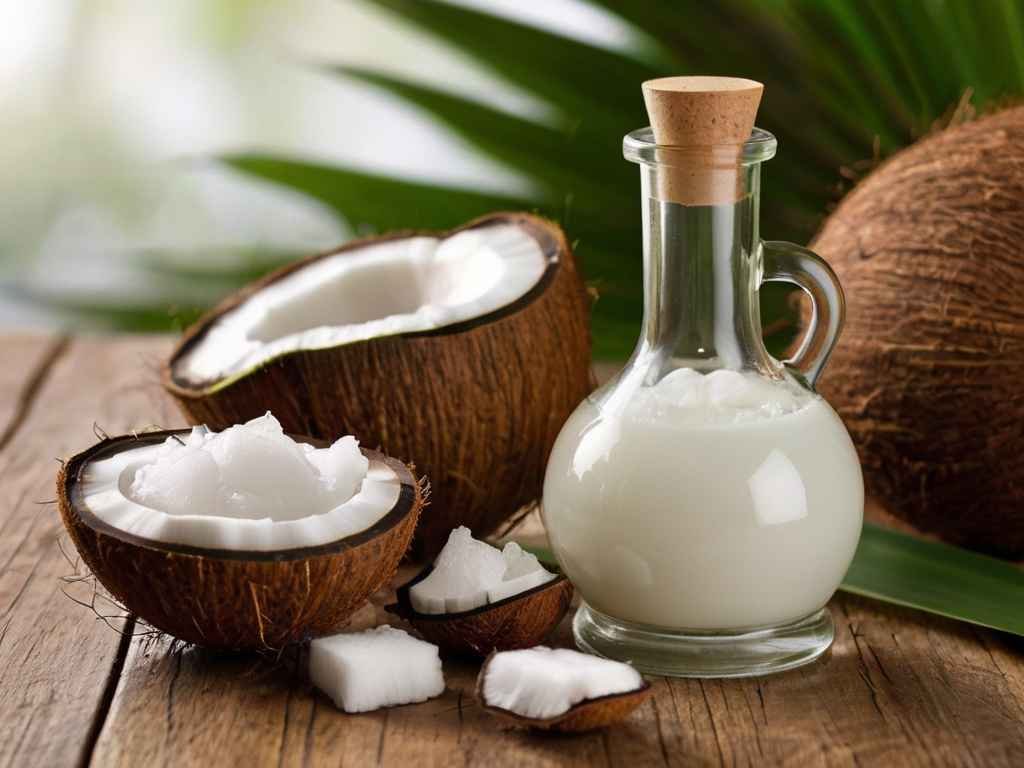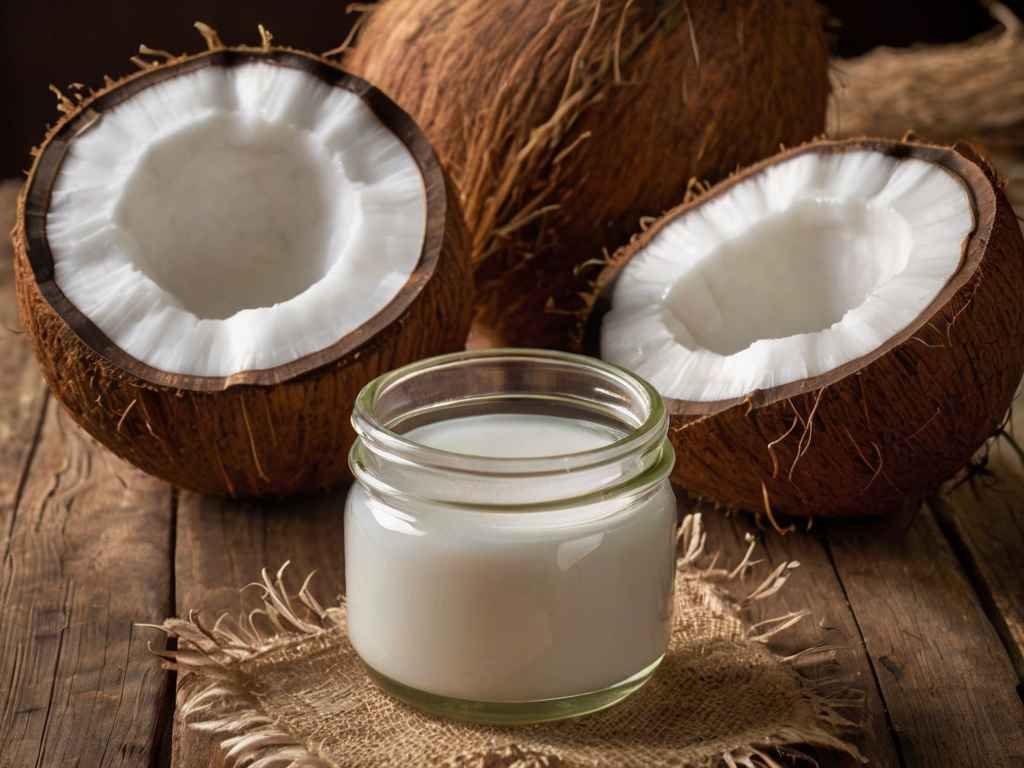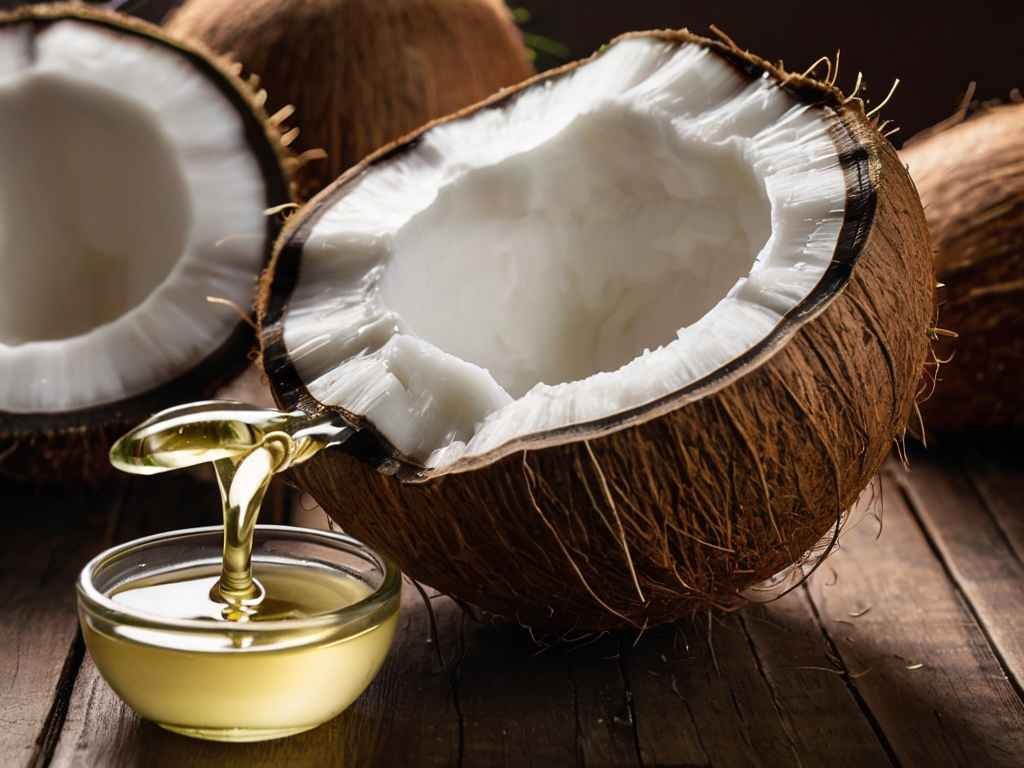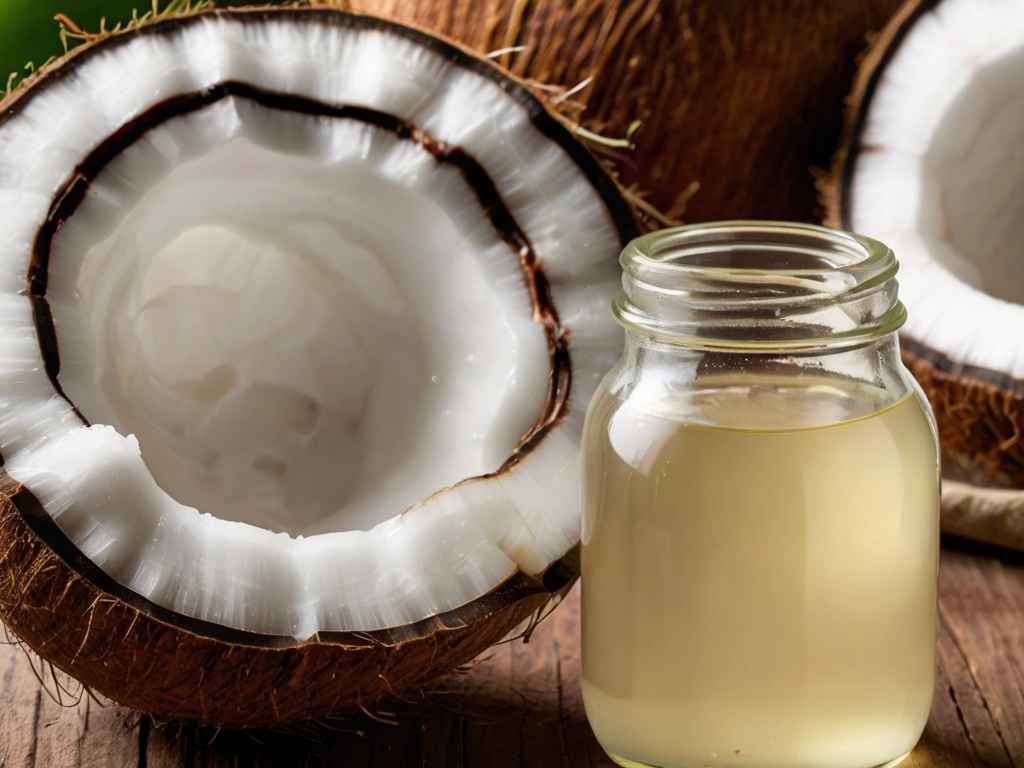Are you tired of struggling with solid coconut oil that just won’t cooperate? Say goodbye to the hassle and unlock the secret to turn coconut oil into liquid permanently! With this innovative method, you’ll revolutionize your cooking and skincare routines.
Imagine effortlessly pouring coconut oil into your pan for perfectly sautéed veggies or seamlessly blending it into your favorite moisturizer for silky smooth skin.
This game-changing technique not only saves you time but also opens up a world of possibilities for incorporating coconut oil into your daily life. Whether you’re a culinary enthusiast or a skincare aficionado, this solution is sure to elevate your experience. Say farewell to solid coconut oil frustrations and embrace the ease and versatility of its liquid form today!
Factors Affecting Solidification of Coconut Oil
The solidification of coconut oil is influenced by several factors, each playing a significant role in its consistency. Firstly, ambient temperature plays a crucial role, as coconut oil solidifies below 76°F (24°C) and liquefies at higher temperatures.
Secondly, storage conditions are key, with cooler environments promoting solidification and warmer environments encouraging liquefaction. Additionally, the presence of impurities can affect the oil’s ability to solidify uniformly. Understanding and managing these factors are essential for maintaining the desired consistency of coconut oil, whether it’s being used for cooking, skincare, or other applications.
By controlling ambient temperature, storing properly, and ensuring purity, one can effectively manage the solidification process of coconut oil to meet specific needs and preferences.
Explore: How to Make Liquid Coconut Oil ?

Methods to Turn Coconut Oil into Liquid Permanently
There are several methods to permanently turn coconut oil into liquid permanently, providing convenience and versatility for various applications.
Heating Method
To turn coconut oil into liquid permanently,the heating method is one of the simplest approaches to turn coconut oil into liquid permanently. Begin by placing the container of solid coconut oil in a bowl of warm water or microwave it in short intervals until it liquefies to the desired consistency.
This gentle heating process ensures that the oil’s nutritional properties are preserved, allowing it to maintain its beneficial qualities even after transformation.
Blending Method
The blending method involves using a blender or food processor to transform solid coconut oil into a smooth, liquid consistency to turn coconut oil into liquid permanently. Simply place the solid coconut oil in the blender or food processor and blend at a low speed until it reaches the desired texture.
This method ensures uniformity and eliminates any solid chunks, making it perfect for recipes where a smooth consistency is essential.
Mixing Method
Another effective method is the mixing method, which involves combining solid coconut oil with a liquid carrier oil like olive oil or almond oil. Begin by gradually adding the liquid oil to the solid coconut oil while stirring continuously until you achieve the desired consistency to turn coconut oil into liquid permanently.
This method offers versatility and allows for customization, as you can adjust the ratio of solid to liquid oil based on your preferences and intended use. Additionally, mixing solid coconut oil with a liquid carrier oil provides added benefits from the combined properties of both oils, enhancing the overall effectiveness and versatility of the mixture.
Explore: What to Mix with Coconut Oil to Keep It Liquid
Properties of Coconut Oil
Coconut oil boasts a wealth of properties, primarily due to its high content of medium-chain fatty acids, notably lauric acid, known for its antimicrobial abilities. Remarkably, coconut oil transitions between solid and liquid states based on temperature fluctuations: it solidifies below 76°F (24°C) and liquefies at higher temperatures.

This unique characteristic renders it incredibly versatile for a multitude of applications. Whether used in cooking, skincare, or haircare, its adaptability allows for seamless integration into daily routines. Moreover, its antimicrobial properties make it a preferred choice for various purposes, from oil pulling for oral health to moisturizing dry skin.
With its impressive array of attributes, coconut oil emerges as a staple ingredient celebrated for its diverse benefits and practicality across different domains.
Explore: How to Solidify Liquid Coconut Oil: Tips and Techniques
Benefits of Coconut Oil
Coconut oil provides a multitude of benefits, making it a versatile addition to any routine. Firstly, it excels at moisturizing both skin and hair, leaving them soft and hydrated. Additionally, it aids in digestion, supporting a healthy gut and overall digestive system.
Furthermore, coconut oil is renowned for its ability to promote heart health, thanks to its unique composition of healthy fats. Moreover, its potent antimicrobial properties make it a potent ally against bacteria and fungi, helping to maintain a healthy environment both internally and externally.
With its wide-ranging benefits, coconut oil stands out as a natural, multipurpose solution for various aspects of personal care and well-being.
Safety Precautions
When handling and heating coconut oil to turn turn coconut oil into liquid permanently, it’s crucial to observe safety precautions to ensure both personal safety and the preservation of its quality.
- Avoid Overheating: Coconut oil should be heated gently and in short intervals to prevent overheating, which can lead to degradation of its nutritional properties and the formation of harmful compounds.
- Use Heat-safe Containers: When heating coconut oil, use heat-safe containers such as glass jars or ceramic dishes that can withstand the temperature without cracking or shattering.
- Avoid Direct Heat: Never heat coconut oil directly on a stovetop or in a microwave without a heat-safe container or in high heat settings, as this can cause the oil to burn or splatter.
- Handle with Care: When handling hot coconut oil, use oven mitts or heat-resistant gloves to prevent burns.
- Store Properly: After heating, store coconut oil in a cool, dry place away from direct sunlight to maintain its quality and prevent rancidity.
- Keep Away from Children and Pets: Store coconut oil out of reach of children and pets to prevent accidental ingestion or spills.
By following these safety precautions, you can ensure a safe and effective experience when handling and heating coconut oil while preserving its nutritional benefits and quality.
Explore: How to Dispose of Liquid Coconut Oil
Creating the Optimal Storage Environment for Permanent Liquidity
To ensure your coconut oil remains in its liquid state indefinitely, it’s vital to store it under the right conditions. Here are some crucial factors to consider:
- Consistent Room Temperature: Maintaining a steady room temperature is crucial for preserving coconut oil’s liquid consistency. Temperature fluctuations can cause the oil to solidify or melt unevenly. Aim for a stable ambient temperature of approximately 70-75°F (21-24°C) for the best outcomes.
- Avoid Extreme Cold or Heat: Extreme cold temperatures can cause coconut oil to solidify, making it challenging to use. Conversely, excessive heat can accelerate rancidity and spoilage. Avoid storing coconut oil in the refrigerator or near sources of heat like space heaters.
- Choose an Appropriate Storage Location: When choosing a storage spot, steer clear of direct sunlight. Exposure to light and heat can degrade the quality of coconut oil over time. Opt instead for a cool, dark pantry or cupboard with consistent room temperatures.
- Airtight Containers are Essential: To prevent air exposure and moisture absorption, store your coconut oil in airtight containers. This helps maintain its freshness and prevents unwanted odors from infiltrating the oil. Glass jars or bottles with secure lids are excellent choices for this purpose.
Explore: Difference between liquid coconut oil and fractionated Coconut Oil
Selecting the Perfect Airtight Vessel for Long-Term Fluidity
Picking out the appropriate airtight container holds paramount importance. Seek containers equipped with secure lids or seals to prevent any potential leaks or spills, ensuring the maintenance to turn coconut oil into liquid permanently and averting any mess.

Opting for Glass or Food-Safe Plastic
Glass jars and food-safe plastic containers present optimal choices for preserving liquid coconut oil. Glass, being non-reactive, doesn’t absorb odors or flavors, thus safeguarding the oil’s purity. Similarly, food-safe plastic containers are viable options, provided they are specifically designed for storing food items.
Considering Opaque Containers
To mitigate light exposure, contemplate utilizing opaque containers over transparent ones. Light exposure can degrade the quality of coconut oil over time; hence, storing it in a dim environment is preferable. Opaque containers effectively shield the oil from light, preserving its integrity.
Assessing Container Capacities
The size of your chosen container should align with the frequency of your liquid coconut oil usage. For daily use, smaller jars are ideal as they facilitate easy access and pouring of desired quantities. Conversely, larger containers may be more suitable for less frequent usage.
It’s important to note that varying applications of coconut oil may necessitate different container sizes to turn coconut oil into liquid permanently. For instance, if intending to use it primarily for culinary purposes, a larger jar might be requisite compared to its usage solely for skincare routines.
Conclusion
In conclusion, turn coconut oil into liquid permanently can be achieved through simple methods like heating, blending, or mixing with a liquid carrier oil. By understanding its properties and following safety precautions, you can conveniently utilize coconut oil in its liquid form for various purposes.
FAQs (Frequently Asked Questions)
- Can I use a microwave to heat coconut oil?
- Yes, you can microwave solid coconut oil in short intervals to liquefy it gradually.
- Is it safe to blend coconut oil at high speeds?
- It’s best to blend coconut oil at low speeds to avoid generating excess heat and altering its properties.
- Can I store liquid coconut oil in the refrigerator?
- While it won’t harm the oil, storing it in the refrigerator may cause it to solidify again. Room temperature storage is preferable.
- Are there any alternatives to heating or blending coconut oil?
- Mixing coconut oil with a liquid carrier oil is another effective method to maintain its liquid state.
- How long does it take for solid coconut oil to liquefy at room temperature?
- The time varies depending on the ambient temperature, but it typically liquefies within a few minutes to an hour at room temperature.

